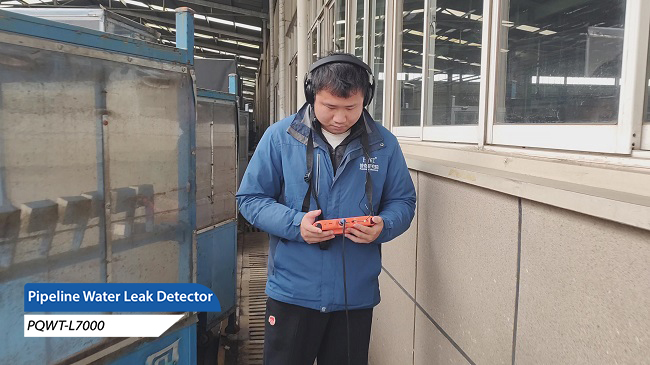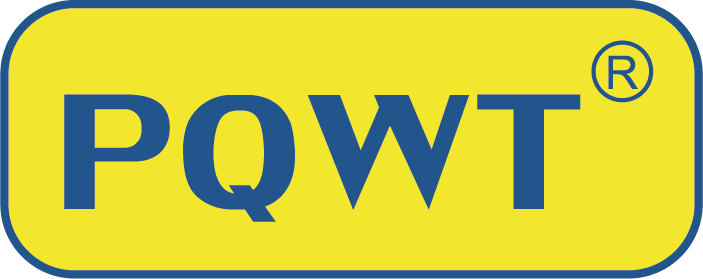The annual leakage caused by the leakage of water supply pipe network is as high as 8.3 billion cubic meters, which brings 20 billion yuan of economic losses for water supply enterprises. The leakage rate in some areas is more than 20%, which is undoubtedly a huge waste of valuable water resources. The traditional leakage detection method mainly relies on manual inspection, which not only consumes a lot of manpower and time, but also in the case of increasingly aging underground pipelines, the detection speed is far from keeping up with the speed of the increase in the number of leakage points, resulting in a high leakage rate.

In 2022, the Ministry of Housing and Construction and the Development and Reform Commission jointly issued a document that clearly requires the leakage rate to be controlled within 9% by 2025. The realization of this goal is not only related to the economic benefits of water supply enterprises, but also to the rational use of water resources and environmental protection.
Leakage of underground pipeline network not only causes waste of water resources, but also may cause serious safety accidents. For example, leakage may lead to road cavities, ground settlement and subsidence, which may cause transportation safety accidents. In addition, pipe bursts may cause regional water outages, seriously affecting the normal life of residents. These accidents will not only bring expensive civil compensation, but also extremely complicated aftermath work, and may even lead to traffic disruption, resulting in a huge social impact.
Therefore, the development and application of underground pipe network leakage detection technology is particularly important. This technology mainly relies on advanced nondestructive testing technology and sensor technology to accurately detect leaks through pqwt water detector. These devices are able to capture acoustic vibrations and other additional vibrations generated when a pipe breaks, thus helping inspectors to accurately locate the leak.
To use the pqwt water detector, you need to connect the main unit, headphones and sensors, and then place the sensors at a certain pace on the pavement above the pipe line to listen. The closer to the leak, the stronger the signal; the farther from the leak, the weaker the signal. Therefore, we need to make repeated comparisons at multiple points in order to find out where the sound vibration is greater, that is, the possible leakage point. Of course, many additional factors need to be considered in the detection process, such as the direction of the leakage point breakout, pipe tees, bends, water pressure, burial depth and burial layer, etc., to ensure the accuracy of the detection results.
Leakage detection of underground pipeline network is a crucial task. By adopting advanced non-destructive testing technology and sensor technology, we can find the leakage point more quickly and accurately, so as to reduce the leakage rate, protect water resources and ensure the safety of water supply.








